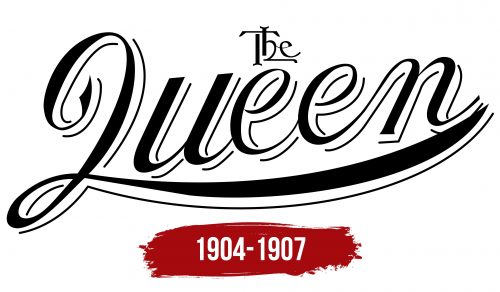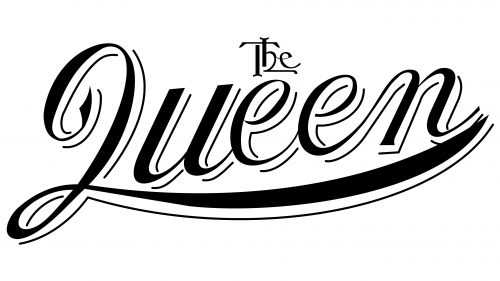The Queen logo was sophisticated and refined, much like the cars it adorned. However, the emblem did not last long and disappeared into the depths of history along with the bankrupt company. Despite this, the logo retains its uniqueness and remains familiar to many automotive enthusiasts.
Queen: Brand overview
The saga of this company is a fascinating glimpse into the dawn of the American automotive era.
In 1904, Carl H. Blomstrom, an enterprising visionary, founded the Queen Motor Car Company in the heart of Detroit, Michigan. His mission was ambitious: to craft dependable, affordable automobiles for a nation on the brink of a transportation revolution.
By 1905, the company introduced its maiden model, a two-cylinder machine with 16 horsepower. This vehicle, characterized by its simplicity and competitive price, captured the imagination of American consumers eager for the new age of motor travel.
1906, the company rolled out a more powerful four-cylinder model boasting 24 horsepower. Praised for its robustness and performance, this car solidified the brand’s growing reputation in the nascent US auto industry.
Despite these promising beginnings, the company faced formidable challenges. The industry was a battleground with numerous contenders jostling for dominance. By late 1907, financial pressures and intense competition began to take their toll.
By the end of 1907, the company’s journey ended abruptly. The company ceased production and was unable to withstand the relentless competitive forces.
The company’s story mirrors that of many early 20th-century automakers, who burst onto the scene with innovation and enthusiasm only to be swept away by the fierce tides of competition.
Meaning and History
What is Queen?
It is a historical automobile brand known for producing the first luxury cars. These cars are recognized for their elegance, advanced technology, and high-quality workmanship. The cars cater to wealthy customers by offering a premium driving experience with attention to detail and innovative features for their time. The brand’s reputation was built on reliability, performance, and luxury.
1904 – 1907
An American automobile company operating at the dawn of the 20th century used a very elegant logo that matched the style of that distant time. It looks noble, elegant, and refined due to such distinctive features as:
- Smooth curves
- Wavy lines
- Delicate swirls
- Soft strokes
- Italic font
- Handwritten style
Together, they create an old-fashioned flair reminiscent of the era when retro cars roamed the streets and black-and-white movies played in theaters. The Queen (automobile) emblem inadvertently harks back to that period, evoking nostalgia for the covered car models that marked the beginning of the global popularity of transportation.
The name consists of not one but two lines, the first of which is the article “The.” Each inscription has its unique style. The top row is set in a thin, barely noticeable, sophisticated font reminiscent of Old English script with ornamental elements and a lower underline. The inscriptions demonstrate a businesslike approach to car manufacturing and showcase the high status of the vehicles.
The text on the second line is written in a sweeping, neat script with a rightward slant. The italics signify a drive to progress, continuous activity, and development. They add dynamics and energy to the two-dimensional logo, transforming it into an original mark. The double outline of the letters with a thin black line, which looks like a shadow, also gives it volume.
Designers cleverly played with the word “Queen,” as the letter “Q” has the form of an elegant curl. It also resembles the number 2 with a long tail extending to the right, forming a platform for the lowercase characters. The black-and-white color scheme of the emblem perfectly fits the retro style, evoking associations with films from the early last century, when this automobile company appeared. Thus, the manufacturer conveyed its era in visual identity, trust in customers, the comfort of car interiors, and technical support for its products.





